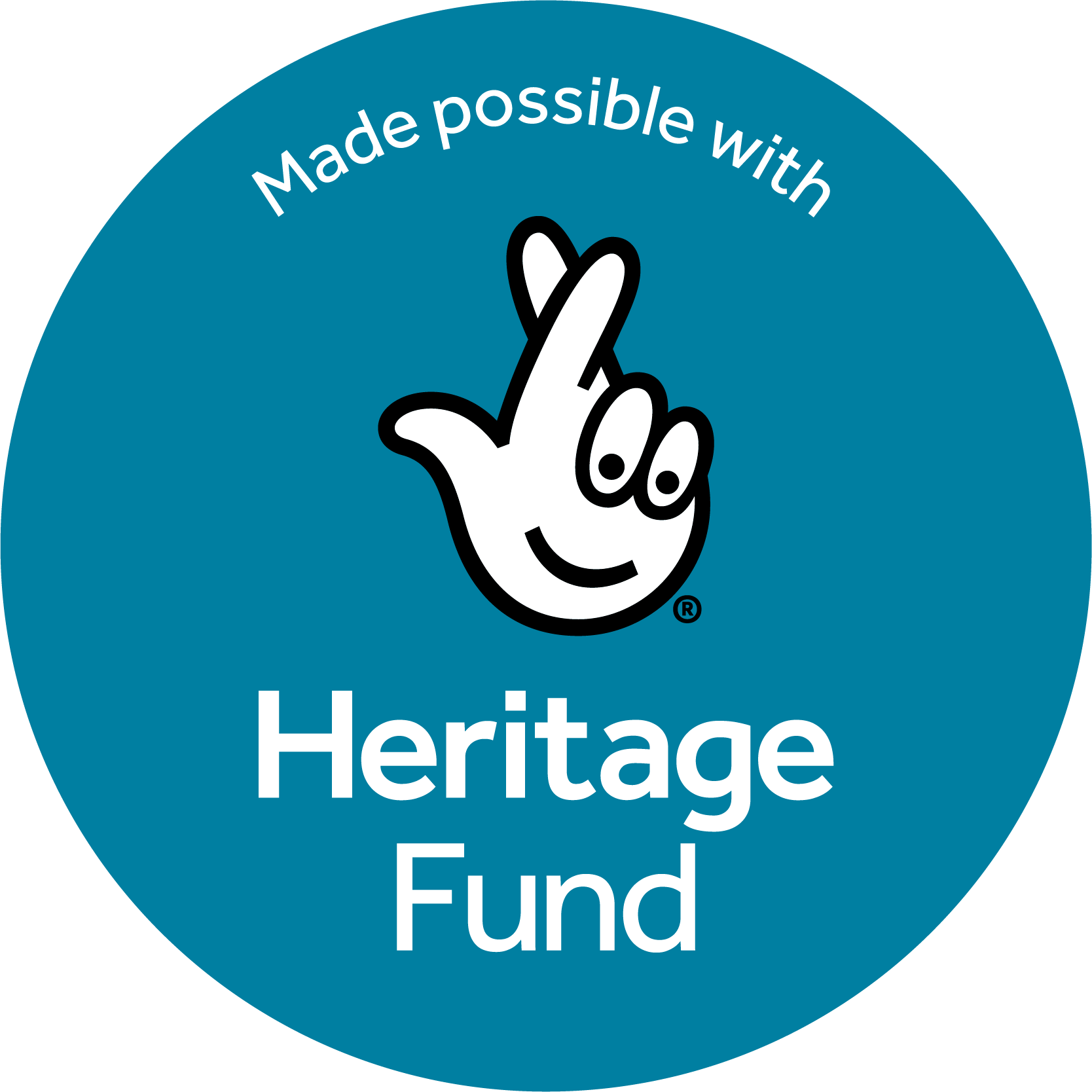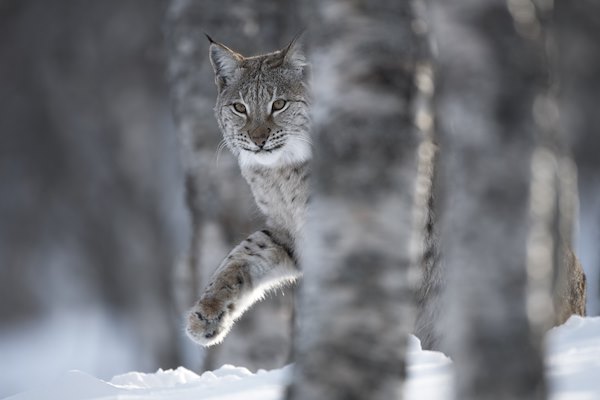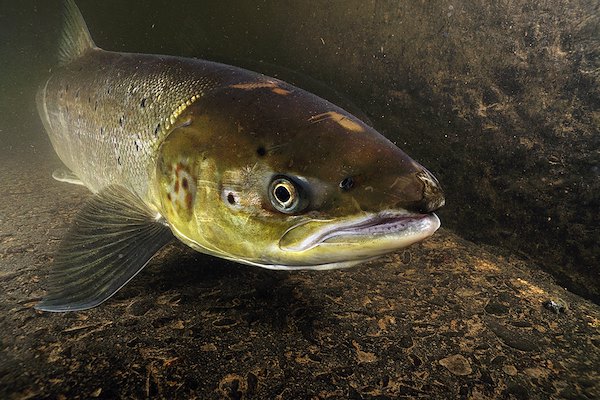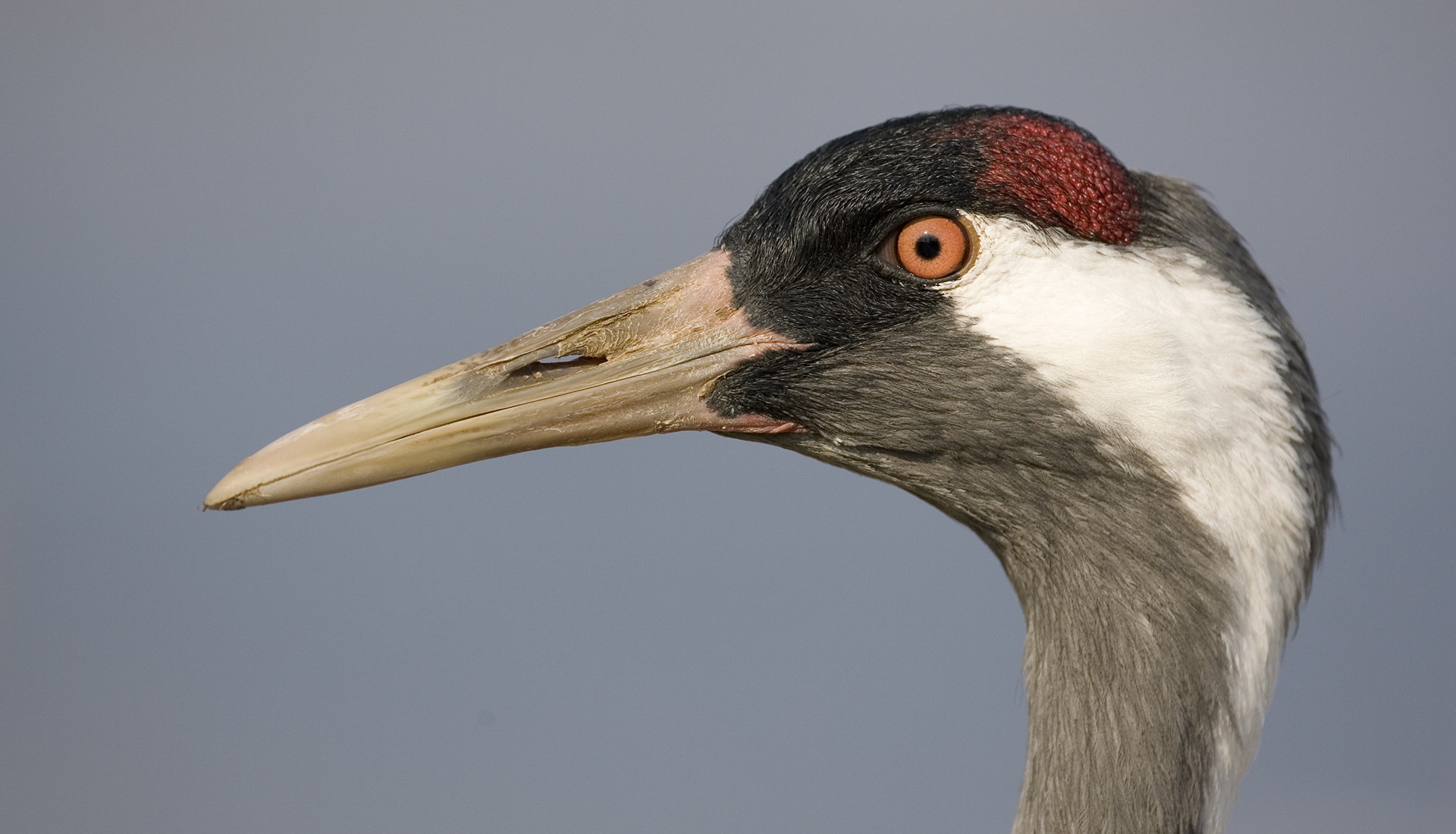
CAIRNGORMS CRANES
#WildlifeComeback
IMAGINE WILDLIFE-RICH WETLANDS ECHOING TO THE EVOCATIVE CALL OF CRANES
Standing at more than 1 metre tall with a 2.4 metre wingspan, the Eurasian Crane is an iconic wetland bird, known for its evocative bugling call and mesmerising courtship dance.
Cranes were once widespread across the UK, but became extinct in the late 1500s due to hunting and drainage of their wetland habitat. After a tentative return in the 1970s, population growth was slow for decades until a reintroduction project in south-west England boosted numbers.
Despite the growing crane population elsewhere, there are presently only a handful of breeding pairs in Scotland. It is possible that this isolated population could spread over time, but it would likely take many years without help.
Cairngorms Cranes seeks to reintroduce a breeding population of cranes to the Cairngorms National Park, restoring a missing piece of the Park's ecology, encouraging the expansion of life-rich wetlands and creating opportunities for local communities.
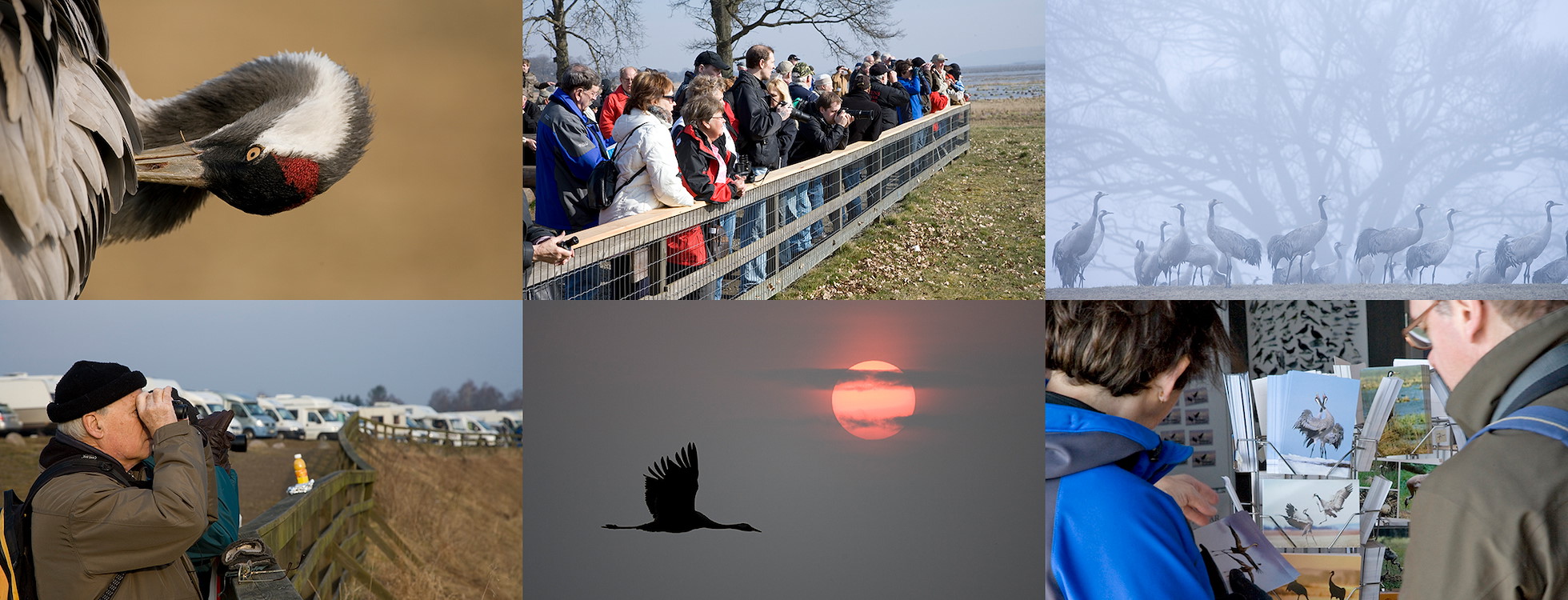
WHY REINTRODUCE CRANES?
-
Cranes are part of a complex ecological jigsaw, which over time has lost many of its pieces. Their return will help restore ecological integrity to Scotland's wetlands.
- Establishing cranes in the Cairngorms will reinforce the small population in north-east Scotland and support their recolonisation across the country.
-
Protecting and restoring wetlands for cranes will provide additional habitat for key plants, insects and birds, and help to reduce the impact of seasonal flooding and drought.
- Reintroducing cranes will provide a valuable educational opportunity for local schools and communities.
- A breeding population of such visible and audible birds will help boost the local economy by attracting more visitors drawn to a nature-rich landscape.
